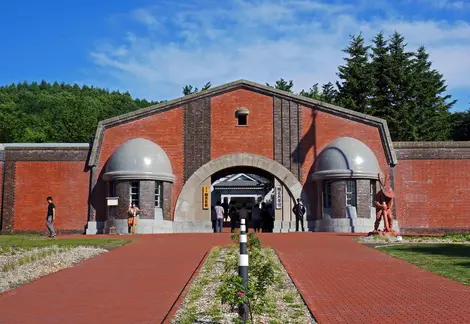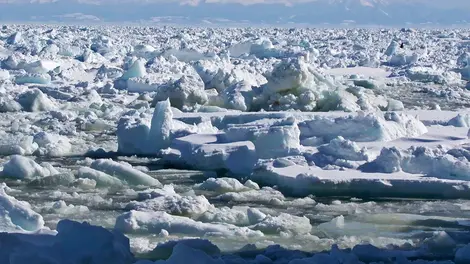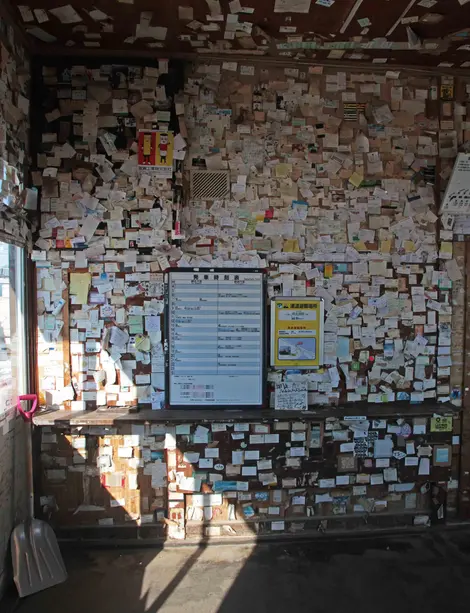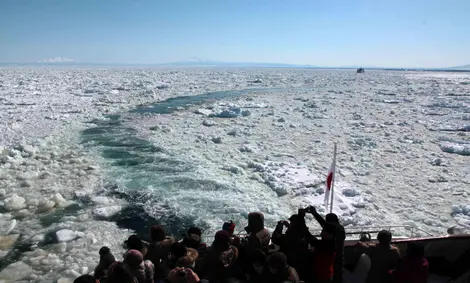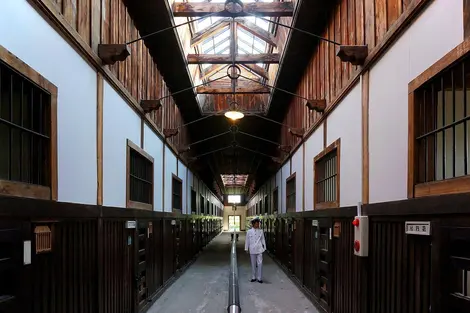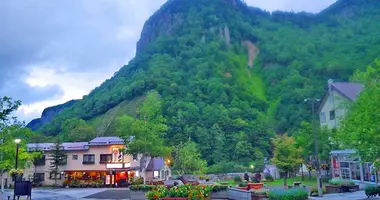Abashiri 網走
Ice cold
Abashiri is located on the coast of the Okhotsk Sea, 350 km from Sapporo, northeast of the island of Hokkaido. This city is known for having the northernmost prison in Japan, as well as the natural phenomenon of drift ice that draws many tourists during the winter months.
During the Meiji era, the government was responsible for the development and colonization of Ezo (the former name of Hokkaido) to protect from the powerful Russia. But at that time, the coastal area of the Sea of Okhotsk was far from any central government, and cared for very little.
Abashiri was then just a small fishing village with a harsh climate, impossible to access much of the year because of the sea of ice. For the greatest possible distance of others from convicts, the government had the idea of sending prisoners to Ezo for forced labor.
Many of the prisons were built by the prisoners themselves, in addition to building the city of Abashiri, and 1200 prisoners arrived in 1890. They wended their way through the woods and mountains, building roads in Abashiri and Asahikawa, covering 230km in eight months, and working day and night.
Frozen Sea
Today Abashiri is a city of fishermen, especially known for its pink salmon and kinki, rockfish, that are shipped throughout the country.
The magnificent scenery attracts tourists for whale and dolphin watching in the summer, or ice floes in winter, when Okhotsk Bay is invaded by large ice sheets that come from the Siberian Amur River. It's a rare and beautiful sight especially as it is very localised, unlike hanami, which can be enjoyed all over Japan. You must undertake a long journey to the far north of Japan to enjoy this experience. Each year from late January to March/April, the icebreaking ship Aurora offers tourist boat trips from Abashiri port for an unforgettable ride. If you are lucky enough to visit on an exceptional year with lots of ice, the awaiting vision of a white frozen sea stretching as far as the eye can see will stay with you forever.
Wildlife enthusiasts can take pictures of seals, and many varieties of seabirds or the rapacious emperor eagle. Sometimes land animals such as foxes or deer also venture near the ice.
The Shiretoko Abashiri tourist train, called Ryuhyo Norokko, runs from February to March. On the trip we advise you to make a stop at Kitahama station. The panoramic view of the bay is superb there, and an observation tower is provided for this purpose. And in the building of this small station it is customary to leave traces of your visit by sticking a memento such as a piece of paper, a ticket, or a photo on the wall.
The doors of the penitentiary
The Abashiri Kangoku Museum is a former prison, which was in service from 1912 until 1981. At the time of the construction of a new settlement, the inhabitants decided to keep the old prison, and convert it into a museum to preserve its history and that of the city. It is a wooden building modelled on the (star-shaped) Ducpétiaux model, like Leuven Prison in Belgium, and was very modern at the time. The exhibition includes prisoner testimonies, reflecting what must have been a very difficult life. After the visit, don't miss the restaurant, where you can "enjoy" authentic prisoner meals (around 720 yen)!
The Okhotsk people have left their mark in Abashiri. Moyoro Kaizuka-Kan, a museum near the Moyoro archaeological site, was created to imagine the lives of the aboriginal people living there in the fifth century.
The specialty of Abashiri is obviously seafood. Be tempted by the Abashiri zangi - pink, Okhotsk salmon, marinated then fried and accompanied by local wasabi, often served over a bowl of rice. Succulent and full of energy for the rigors of winter!





